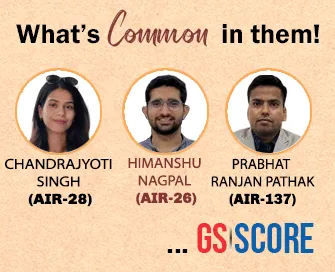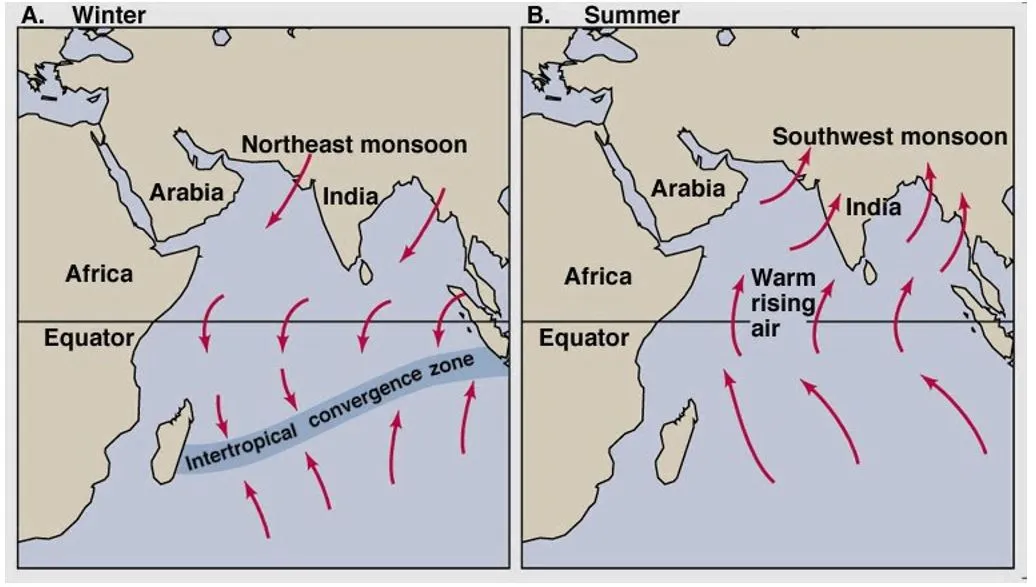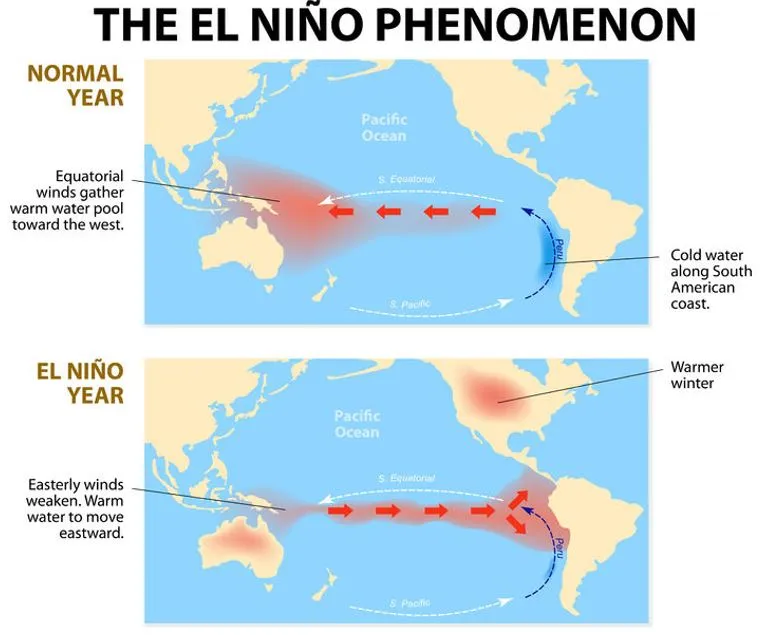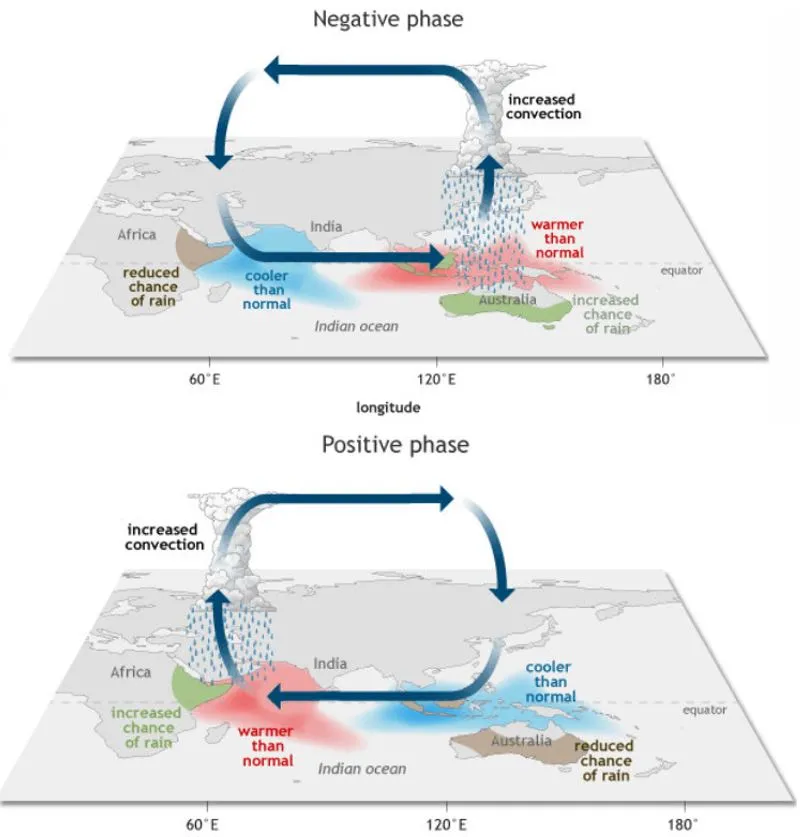

9th April 2025 (9 Topics)
Mains Issues
Context
South Korea is going through a major political shift after President Yoon was impeached for misusing martial law. With elections approaching, the focus is now on restoring stability and dealing with both internal and external challenges.
Why Was President Yoon Impeached?
- In December 2024, President Yoon declared martial law, claiming it was to protect the country from “anti-state forces” and “pro-North Koreans.”
- This was the 17th martial law in South Korea’s history, but it shocked many as it was seen as extreme and politically motivated.
- Just six hours later, the National Assembly voted to cancel martial law.
- A few days later, the Assembly voted to impeach him. He lost support even from within his own government.
What’s next?
- Presidential elections are scheduled for June 2025. Lee Jae-Myung, the opposition leader from the Democratic Party, is currently the leading candidate.
- The ruling party, People’s Power Party (PPP), is in crisis after Yoon’s removal.
- Meanwhile, the country also faces economic challenges, including 25% tariffs by the U.S., which the next president will have to deal with.


Mains Issues
Context
Tensions between Iran and the United States over Tehran’s nuclear programme have resurfaced with renewed diplomatic activity. Now recently, Iran confirmed that indirect talks with the US will take place, mediated by Oman. This follows a public announcement by former US President Donald Trump, who claimed direct talks were already underway—claims later refuted by Iranian sources.
Background
- In 2015, Iran agreed a deal with the US, UK, France, Germany, Russia and China. It was called the Joint Comprehensive Plan of Action (JCPOA).
- Under its provisions, Iran would limit its nuclear ambitions - and allow in international inspectors - in return for getting economic sanctions lifted.
- But Trump pulled the US out of the deal in 2018, claiming it rewarded terrorism by funding Iran's proxy militias such as Hamas and Hezbollah. The US re-imposed sanctions.
- Iran subsequently ignored some of the deal's restrictions and enriched more and more uranium nuclear fuel.
- Iran could soon have enough weapons' grade uranium to make a nuclear warhead.
- The International Atomic Energy Agency estimates Iran’s stockpile of uranium enriched to 60% purity had increased sharply since December.
- Reaching 90% enrichment – the threshold for weapons-grade material – is relatively easy from that point.
Fact Box: Uranium
|


Mains Issues
Context
The Supreme Court of India has ruled that the Governor of Tamil Nadu, RN Ravi, acted illegally by withholding assent to 10 Bills passed by the State Assembly, instead of forwarding them to the President or returning them for reconsideration in due time. This ruling clarifies the limited role of the Governor in the legislative process and reasserts the primacy of the elected State Government in a parliamentary democracy.
Key Points from the Supreme Court Judgment
- No Discretion Under Article 200: The Governor must act on the aid and advice of the Council of Ministers. Article 200 does not grant discretion to the Governor beyond the limited constitutional options.
- Governor's Options Under Article 200: When a Bill is presented, the Governor can:
- Give assent.
- Withhold assent.
- Return it to the Assembly for reconsideration (if not a Money Bill).
- Reserve it for the President’s consideration.
- Once the same Bill is passed again by the Assembly, the Governor must give assent (unless the Bill is materially different).
- Withholding Assent Indefinitely is Unconstitutional: The Court said "pocket veto" (delaying assent indefinitely) or "absolute veto" (refusal without reason) is not permitted under the Constitution.
- Timelines Set by Court:
- 1 month: If the Governor withholds assent in accordance with the State Government’s advice.
- 3 months: If the Governor withholds or reserves a Bill against the advice of the State Government.
- 1 month: If the Assembly passes the Bill again after reconsideration, the Governor must give assent.
- Judicial Remarks on Governor’s Role: The Governor must respect constitutional conventions. The office should act as a "friend, philosopher and guide", not as a source of conflict or delay. The role is to facilitate governance, not obstruct it.
What is the process of granting assent?
- Assent of the Governor or the President is necessary for a Bill passed by the legislature to become law. After a Bill is passed by both Houses of the State Legislature, it is presented to the Governor for assent.
- Governor’s Options (Article 200): The Governor has the power to:
- Grant Assent: The Bill becomes law.
- Withhold Assent: The Governor can withhold assent, but it must be returned to the Legislative Assembly for reconsideration.
- Return for Reconsideration (except Money Bills): If the Governor returns the Bill, the Legislature can amend it. If re-passed, the Governor must assent.
- Money Bills are automatically deemed assented to by the Governor.
Key Constitutional Provisions
|
- Reserve for President’s Consideration (Article 201): If the Governor believes the Bill affects the Constitution or has national importance, it can be reserved for the President’s consideration.
- Discretionary Powers: The Governor can withhold assent if the Bill is against national interests, violates the Constitution, or conflicts with Union laws, though this power is not absolute.
- Article 167: The Governor may require the Chief Minister to communicate decisions of the Council of Ministers, including Bills pending for assent.
- No Timeline for Decision: There is no specified timeline within which the Governor must act, often leading to delays or a "pocket veto."
- The Sarkaria Commission (1988) and the National Commission to Review the Working of the Constitution (2000) recommended time limits for granting assent (e.g., 6 months for assent, 3 months for President’s decision). There are ongoing debates on enforcing such timelines.
- Judicial Review: The Supreme Court has held that if the Governor’s decision to withhold assent is found to be mala fide (in bad faith), it can be subject to judicial scrutiny and struck down. Courts can review such actions for constitutionality (Rameshwar Prasad, 2006).
Fact Box:About Governor
|
PYQQ. Which of the following are the discretionary powers given to the Governor of a State? (2014)
Select the correct answer using the code given below:
Solution: (b) |


Prelims Articles
Context
Private weather agency Skymet has released its first official forecast for the 2025 southwest monsoon, predicting ‘normal’ rainfall at 103% of the Long Period Average (LPA).
What is Monsoon?
- The term monsoon refers to a seasonal reversal of winds, typically associated with heavy rainfall.
- In India, the Southwest Monsoon (June–September) is the main rainy season, contributing 80–90% of the country’s annual rainfall.
- Onset & Progress of Monsoon
- The monsoon starts in Kerala around June 1st.
- It then advances northwards, reaching Mumbai in ~10 days, Delhi by end of June, and entire India by mid-July.
- The retreating monsoon (also called Northeast Monsoon) starts withdrawing from Rajasthan around September, fully withdrawing by mid-October.
Why Does the Monsoon Occur?
- Differential Heating of Land and Sea: During summer, the land (especially North India) heats up faster than the sea. This creates a low-pressure zone over land and high pressure over the Indian Ocean. Moisture-laden winds from the ocean move toward the land to fill this void.
- Inter-Tropical Convergence Zone (ITCZ): The ITCZ is a belt of low pressure near the equator where trade winds converge. In Indian summer, the ITCZ shifts northward (near the Tropic of Cancer) because the northern hemisphere is tilted toward the Sun. This pulls monsoon winds deep into the Indian subcontinent.
- Coriolis Force: Due to Earth’s rotation, the winds deflect to the right in the northern hemisphere. This turns the southeast trade winds into southwest monsoon winds over India.
- Other Climatic Factors Affecting Monsoon
- El Niño: Warming in central/east Pacific Ocean ? Weakens Indian monsoon (can cause droughts)
- La Niña: Cooling in the Pacific ? Strengthens monsoon
- Indian Ocean Dipole (IOD): Positive IOD (warmer west Indian Ocean) ? Enhances monsoon
- Equatorial Indian Ocean Oscillation: Affects monsoon build-up and variability
- Western Disturbances: Interact with monsoon and winter weather over North India
Branches of Southwest Monsoon |
||
|
Branch |
Path |
Impact |
|
Arabian Sea Branch |
Hits Western Ghats |
Heavy rainfall in Kerala, Karnataka, Maharashtra, Goa |
|
Bay of Bengal Branch |
Moves toward Northeast and Indo-Gangetic Plains |
Rain in Assam, West Bengal, Bihar, UP |
Fact Box:Key-Concepts
|


Prelims Articles
Context
During Sheikh Hamdan’s visit to India (his first as Dubai’s Crown Prince), both countries decided to deepen their defence and Coast Guard collaboration.
Defence and Security Cooperation
- Both sides agreed to scale up defence cooperation to match growing trade ties.
- Key focus on:
- Joint training programs
- Defence manufacturing and innovation
- Co-production and co-development projects
- India and the UAE agreed to formalise their Coast Guard-to-Coast Guard cooperation through a dedicated Memorandum of Understanding (MoU).
- Both side emphasised on India-UAE Defence Partnership Forum and participation in each other’s defence expos.
- Background: The Defence Cooperation MoU with the UAE was signed in 2003, and an MoU on Defence Industry Cooperation was signed in 2017. Over the years, the bilateral defence relationship has evolved to include regular high-level exchanges, naval visits, and training programmes.
- Both countries played active roles in the UN Security Council during their respective terms, with India chairing the Counter-Terrorism Committee in 2022 and the UAE in 2023.
- Landmark contributions include the adoption of the Delhi Declaration on the misuse of emerging technologies for terrorism and the Abu Dhabi Guiding Principles addressing threats from unmanned aerial systems.
- India and UAE share a Comprehensive Strategic Partnership. Their cooperation covers a wide range of sectors: trade, technology, energy, defence, and people-to-people ties.


Prelims Articles
Context
NASA astronaut Jonny Kim and two Russian cosmonauts—Sergey Ryzhikov and Alexey Zubritskiy—successfully launched to the International Space Station (ISS) aboard Russia's Soyuz MS-27 spacecraft. The launch took place from the Baikonur Cosmodrome in Kazakhstan, a facility leased by Russia.
About the Mission
- Spacecraft: Soyuz MS-27
- Launch Vehicle: Soyuz booster rocket
- Launch Site: Baikonur Cosmodrome, Kazakhstan
- Expedition: Part of the 73rd long-term ISS expedition
- The spacecraft, Soyuz MS-27, was launched atop a Soyuz booster rocket—a workhorse of Russian space missions.
- The launch was carried out from Baikonur Cosmodrome, a major spaceport leased by Russia.
- The mission is part of routine crew rotation and scientific research programmes conducted aboard the ISS.
- Crew Composition: The mission includes three members:
- Jonathan Yong "Jonny" Kim – A NASA astronaut with a diverse background as both a naval aviator and flight surgeon. He holds the rank of Lieutenant Commander in the U.S. Navy.
- Sergey Ryzhikov – Veteran cosmonaut representing Roscosmos, Russia’s space agency.
- Alexey Zubritskiy – A fellow Roscosmos cosmonaut joining his first long-duration mission.
- Upon arrival, they are expected to join the current ISS crew, which includes astronauts from NASA, JAXA (Japan), and Roscosmos.
- Objectives of the Mission
- The primary goal is to support ongoing scientific investigations and technology demonstration experiments aboard the ISS.
- Research conducted will contribute to preparations for future deep-space missions, including planned crewed missions to the Moon and Mars.
- Some experiments are designed to yield practical benefits for Earth, especially in fields such as medicine, materials science, and climate studies.


Editorials
Context
The Ministry of Home Affairs (MHA) is undergoing a transformation from a reactive crisis-management institution to a reform-driven body focusing on long-term internal security architecture through legislative, institutional, and technological reforms.
Shift from Reactive to Strategic Governance
- Crisis Ministry to Security Architecture Builder: Traditionally reactive in handling riots, insurgencies, and governance breakdowns, the MHA now focuses on institutional preparedness through legislative overhaul and structural reforms.
- Constitutional and Strategic Role: Empowered under Articles 355, 256, and 356, the MHA integrates security and governance, unlike other countries where these are separated, making it central to India’s federal security structure.
- Institutional Reorganisation and Mandate Expansion: Reallocation of departments (e.g., Disaster Management, Narcotics Control Bureau) and specialised force creation (e.g., CISF for industrial unrest) broadened MHA’s operational mandate.
Legislative and Operational Reforms
- From Event-Based Laws to Structured Jurisprudence: Earlier laws like TADA, POTA, and the NIA Act were event-driven, but post-2019 reforms (over 27 laws) including UAPA amendments and new criminal codes reflect systemic law-making.
- Multi-Agency Coordination and Technology Integration: Revamp of the Multi-Agency Centre (MAC), promotion of duty to share intelligence, and creation of centralised tech databases enhanced threat-prevention capabilities.
- Criminal Justice and Forensic Reform: Launch of NFSU, expansion of CCTNS across 17130 police stations and related institutions, and promotion of investigation-forensics separation reflect institutional justice system reform.
Budgetary Prioritisation and Ground-Level Impact
- Doubling of Budget Allocation: From 1 lakh crore in 2019 to 2.33 lakh crore in 2025, with CAPF expenditure rising from 38000 crore in 2013–14 to 97000 crore in 2024–25, showing internal security as a fiscal priority.
- Counter-Insurgency Outcomes: 70 percent decline in violence across Kashmir, North-East, and Naxal regions due to integrated political-security-development strategies and Article 370 dilution.
- Transition to Preemptive Governance: The MHA now leads in proactive threat mitigation through future-ready policy frameworks, rather than responding to emergencies post-facto.
Practice Question
Q. Discuss how the transformation of the Ministry of Home Affairs from a reactive crisis manager to a proactive institutional reformer strengthens India’s internal security and federal governance. Highlight the constitutional basis, legislative actions, and budgetary trends in your answer.


Editorials
Context
The sixth BIMSTEC Summit was recently held in Bangkok, marking a renewed effort to revitalise the grouping amidst years of inactivity, regional tensions, and global uncertainty.
Strategic Importance and Institutional Revival
- Shift from SAARC to BIMSTEC: With SAARC stagnating post-2014 due to India-Pakistan tensions and the BBIN sub-grouping failing after Bhutan’s withdrawal from the Motor Vehicles Agreement, India is now prioritising BIMSTEC as a regional alternative.
- Summit Amidst Adversity: The 2024 summit was held despite disruptions like the Myanmar-Thailand earthquake and post-COVID delays, signalling member countries' political will to revive regional cooperation.
- Institutional Strengthening Measures: Key deliverables included the establishment of a BIMSTEC Chamber of Commerce and reaffirmation of the India-Myanmar-Thailand Trilateral Highway project, aimed at linking India’s North-East with the ASEAN region.
Key Sectoral Initiatives and Regional Vision
- Vision 2030 Document: Adoption of a comprehensive roadmap emphasising connectivity, disaster management mechanisms, trade liberalisation, and customs cooperation highlights the long-term agenda for regional integration.
- Disaster Management Focus: Given the region’s vulnerability to natural disasters, a collective framework for disaster response and resilience-building has been identified as a critical area for cooperation.
- Connectivity as Strategic Priority: The BIMSTEC region is being reimagined through infrastructure links like the Trilateral Highway and regional transport corridors to position India’s North-East as a connectivity hub to Southeast Asia.
Bilateral Diplomacy and Regional Politics
- India-Bangladesh Reset: PM Modi and Bangladesh’s Chief Adviser held talks addressing concerns over minority rights and border killings, aiming to defuse recent bilateral tensions through dialogue.
- India-Nepal Diplomatic Opening: PM Modi’s meeting with K.P. Sharma Oli after months of estrangement may help pave the way for future engagement and conflict resolution between the two neighbours.
- Inclusion of Myanmar’s Military Leadership: Myanmar’s participation via General Min Aung Hlaing reflected a balancing act, with India using the summit platform to advocate for democratic restoration in both Myanmar and Bangladesh.
Practice Question
Q. Evaluate the strategic and institutional evolution of BIMSTEC in the context of regional multilateralism in South and Southeast Asia. How does it address the vacuum left by SAARC’s inactivity? Discuss with reference to recent developments and long-term initiatives like Vision 2030.


Editorials
Context
Donald Trump’s return to the White House has triggered widespread disruptions in the American research and academic ecosystem, with budget cuts, institutional control, and threats to academic freedom, potentially reshaping global academic migration trends.
Trump’s Policy Shift and Institutional Impact
- Defunding of Research Institutions: Major U.S. science agencies like NIH, NOAA, CDC, NASA, and the EPA are facing budget cuts, layoffs, and closures under Trump’s directives, undermining decades of institutional development in American scientific research.
- Curtailment of Academic Freedom: Interventions in university autonomy and restrictions on research related to climate change, vaccine hesitancy, and gender studies have sparked fears of censorship and ideological policing within academia.
- Job and Funding Uncertainty: Early-career researchers, including international scholars, face growing uncertainty due to job cuts, hiring freezes, and abrupt termination of research grants in key scientific domains.
Global Consequences and Brain Drain Prospects
- Exodus of Scientific Talent: Leading scientists and scholars are leaving the U.S., with Europe, Canada, and East Asia emerging as new destinations, potentially triggering a large-scale academic exodus akin to the 1930s Nazi-era migrations.
- Europe’s Strategic Response: Institutions like Max Planck Society and Aix-Marseille University are positioning themselves as sanctuaries for displaced researchers, with initiatives like “Safe Place for Science” and EIC plans for structured talent absorption.
- Opportunities for Asia: Countries such as China and South Korea are scaling up recruitment of displaced researchers, while Canada is already witnessing Ivy League professors, such as Jason Stanley of Yale, shifting their base.
Ripple Effects on Global Academia
- Global Academic Realignment: The leadership in global science may shift away from the U.S., mirroring the 1930s shift from Germany to America, as authoritarianism undermines the democratic foundations of research culture.
- Institutional Pressures in Receiving Nations: Europe may struggle to absorb the influx due to post-pandemic fiscal deficits and rising defence budgets, potentially limiting the scope of its scientific asylum capacity.
- Implications for India: India may see an inward academic migration as researchers return due to uncertainties abroad, which could strain its underfunded research infrastructure but also offer a chance to attract global talent.
Practice Question:
Q. Discuss the implications of political disruptions in leading research economies on global academic mobility. In this context, analyse how India can strategically reposition itself to attract returning scholars and strengthen its research ecosystem.






